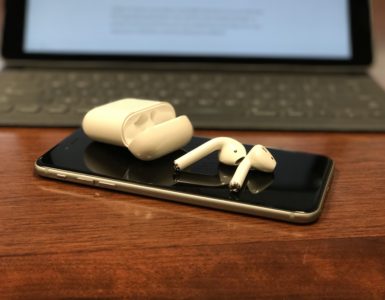 I’m just back from London, where my $600.00 iPhone was, essentially, a very pretty glass and chrome paperweight for the duration of our visit.
I’m just back from London, where my $600.00 iPhone was, essentially, a very pretty glass and chrome paperweight for the duration of our visit.
Having already received one of AT&T’s thirty-page, $200.00 bills for one day of international data access during our trip to Canada, I had already decided I would do without mobile email and web surfing while in the UK. What I didn’t anticipate, though, was that I would also be without a cell phone.
In my opinion, my battered old Motorola Razr (with T-Mobile) set the standard for international phone service. When I traveled to Paris, it just worked. When I traveled to Italy, it just worked. When I traveled to Thailand and Cambodia, it just worked. In a pinch, I could even check my gMail over a sweet little Java application Google supplies.
So I was disappointed when, in London, the iPhone could “see” a number of digital networks — T-Mobile, Orange, and several others — but refused to connect to any of them. Because we didn’t have a working phone, we couldn’t call customer service, so Clyde tried to email them. The response came immediately: a form letter, telling us that we would get a reply within 48 hours.
Do I need to tell you that the promised reply never came?
Because we’re clever bunnies, we even stopped in at an Internet cafe and tried to change our iPhone’s programming through AT&T’s website. From there, you can change almost every aspect of your service … except switch on International service.
That left us scrambling to meet up with friends without any mobile access to the web, my email, or telephone service. Here I was, in a major metropolitian city, with the world’s most expensive cell phone in my pocket … begging for change so I could make calls from a public pay phone!
It’s an experience I won’t soon forget. If you’re an iPhone user and plan to travel outside the U.S., you’d best contact AT&T well in advance of your trip … or consider some other phone as your primary cell phone while there.





Add comment